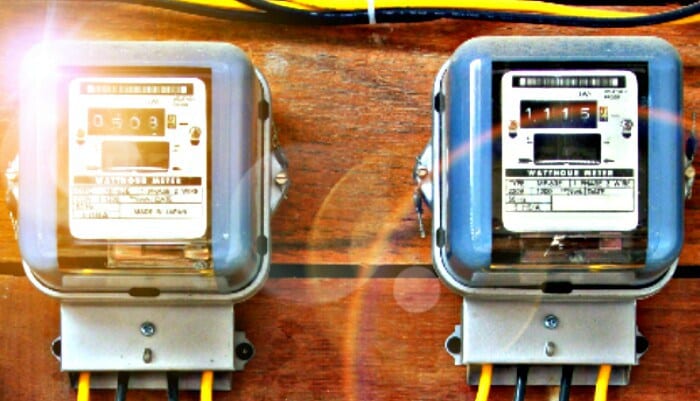Traditionally, utilities built and operated a portfolio of generation plants consisting of a few large base load units – typically nuclear or coal – some intermediate plants and a number of peakers – typically natural gas fired units with rapid ramping capability (visual below).
Base load units ran flat out year-round, 24/7; the intermediate units were used to fill the fluctuations in demand while the peakers were used sparingly to meet occasional surges in demand, say on hot summer afternoons when air conditioning load would spike for a few hours.
Fast forward to 2019 and beyond and one is likely to encounter a different paradigm where on many networks an increasing share of generation is provided by renewable resources, most likely wind and solar, neither of which is dispatchable nor totally predictable.
In this environment, what the grid operators crave the most is flexible generation, especially those with rapid ramping capability to fill in any unexpected shortfalls in renewable generation and to maintain the system’s reliability.
This much is old news. What is new is that recent advances in energy storage technology, especially batteries, coupled with dramatic cost declines is making storage increasingly attractive relative to gas- fired peaking plants, which are not particularly efficient, are highly polluting and are expensive to maintain. Moreover, since peakers are infrequently used and only for a limited number of hours, they tend to be poor investments, sitting idle most of the time.
A case in point was a decision by San Francisco-based Pacific Gas & Electric Company (PG&E) backed by the regulator, the California Public Utilities Commission (CPUC) in Nov 2018 to replace 3 gas peakers with large battery storage units that would be among the world’s largest when completed.
The approved batteries would have a total of 567.5 MW of capacity with 2,270 MWh of storage consisting of a 300 MW, 1,200 MWh project from Vistra Energyand a 182.5 MW, 730 MWh Tesla battery that PG&E would own – all lithium-ion batteries.
Currently, the world’s largest lithium-ion battery is Tesla’s 100 MW, 127
MWh facility in South Australia (photo on next page) followed by Kyushu Electric Power Co. in Japan, which has a 50 MW, 300 MWh sodium-sulfur battery.
The CPUC directed PG&E to proceed with the batteries rather than signing contracts for 3 gas peakers based on analysis that showed that the cost of the batteries is
likely to be lower than continuing to operate the gas plants. This, despite the fact that natural gas is plentiful and cheap, is newsworthy.
Approval of PG&E’s landmark energy storage is the most significant example to date of batteries replacing fossil fuel generation on the power grid – in this case 3 plants owned by Calpine — the 580 MW Metcalf plant and the Feather River and Yuba City generators, both with 48 MW of capacity.
As with any approved infrastructure investment, PG&E will be allowed to recover the costs of the batteries from ratepayers through regulated rates based on the analysis that concluded that the batteries will be less expensive than the gas plants they will replace.
In describing the merits of batteries, Alex Eller, senior energy research analyst at Navigant, a consulting firm, told Utility Dive (9 Nov 2018) that, “Storage at this scale is likely now cheaper than the total cost to run the gas plants.” PG&E aims to have all 3 projects online by the end of 2020 – notwithstanding serious recent headwinds (box).
Aside from the cost advantage, batteries have much faster response time – they can virtually ramp up and down instantly by following signals from the grid operator. This makes them so much more useful allowing them to respond to fluctuations in solar or wind generation – say variations in wind speed or changes in solar output temporarily obscured by passing clouds. Gas peakers can barely match the flexibility and fast response time of batteries.
Fereidoon Sioshansi is president of Menlo Energy Economics, a consultancy based in San Francisco, CA and editor/publisher of EEnergy Informer, a monthly newsletter with international circulation. He can be reached at [email protected]












